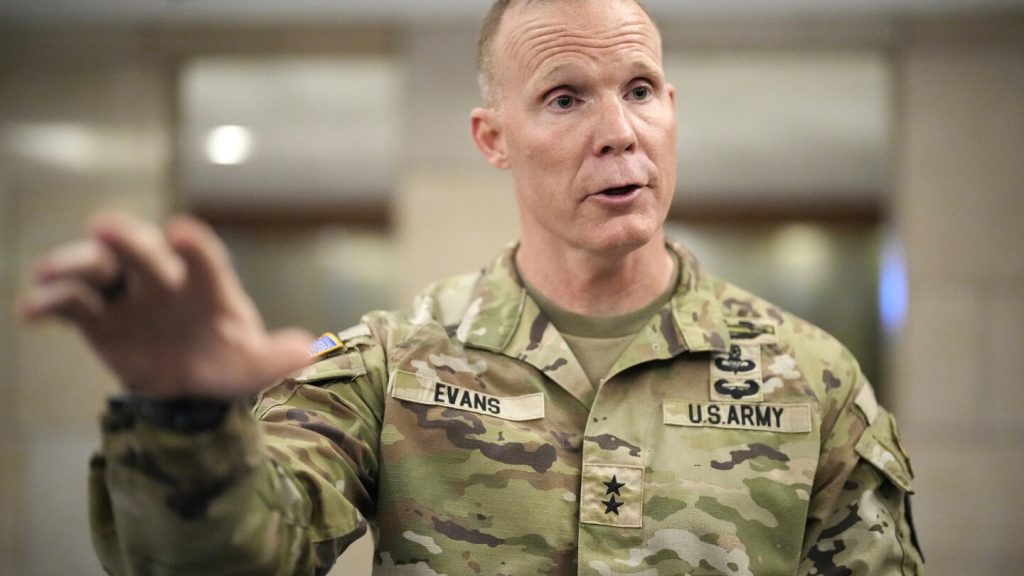The U.S. Army is planning to conduct joint battlefield training in the Philippines in order to improve combat readiness in challenging conditions such as tropical jungles and scattered islands. This initiative is part of the Biden administration’s efforts to strengthen military alliances in the Indo-Pacific region to counter China, especially in potential conflicts over Taiwan. The joint training will involve about 2,000 U.S. and Philippine army forces engaging in combat drills in a jungle setting, supported by helicopters and artillery fire. The exercises are scheduled for June and are expected to enhance both countries’ ability to respond to natural disasters and threats.
The combat training in the Philippines, scheduled for June, is taking place at Manila’s request and marks the first time that such drills will be held in the country. It is not yet clear if this will become an annual exercise between the U.S. and the Philippines. The allied forces are also conducting other larger exercises, including the Salaknib army-to-army exercises and the upcoming Balikatan exercise, involving approximately 16,000 U.S. and Philippine forces. Observers from countries like Japan will also be present to witness the drills.
According to Maj. Gen. Marcus Evans, commanding general of the U.S. Army’s 25th Infantry Division, the goal of the combat training is to enhance the readiness and preparedness of both U.S. and Philippine army forces. The exercise will enable them to better respond to humanitarian crises, natural disasters, and other challenges in a jungle environment. Evans emphasized the importance of continuous training and readiness, highlighting the need for both countries to be able to work together in difficult conditions.
The live monitoring of the training will showcase various aspects such as ammunition supply, communication equipment, and logistical planning in a remote battlefield scenario. This will help soldiers, leaders, and units to assess their performance in a simulated combat environment and identify areas for improvement. Previous combat training exercises in Hawaii have resulted in improved information sharing, enhanced combat endurance, and better logistical support in challenging environments like jungles and archipelagos.
China has expressed opposition to increased U.S. military presence in the Asia-Pacific region, including the Philippines, citing concerns about regional stability and harmony. Philippine President Ferdinand Marcos Jr. defended his decision to allow greater U.S. military presence in the country’s military camps under a 2014 defense pact, emphasizing the importance of territorial defense. Despite China’s warnings about geopolitical strife, the Philippines sees U.S. military cooperation as crucial for its national security and defense capabilities. The joint training between the U.S. and the Philippines reflects a broader strategy to strengthen military partnerships and readiness in the Indo-Pacific region.















